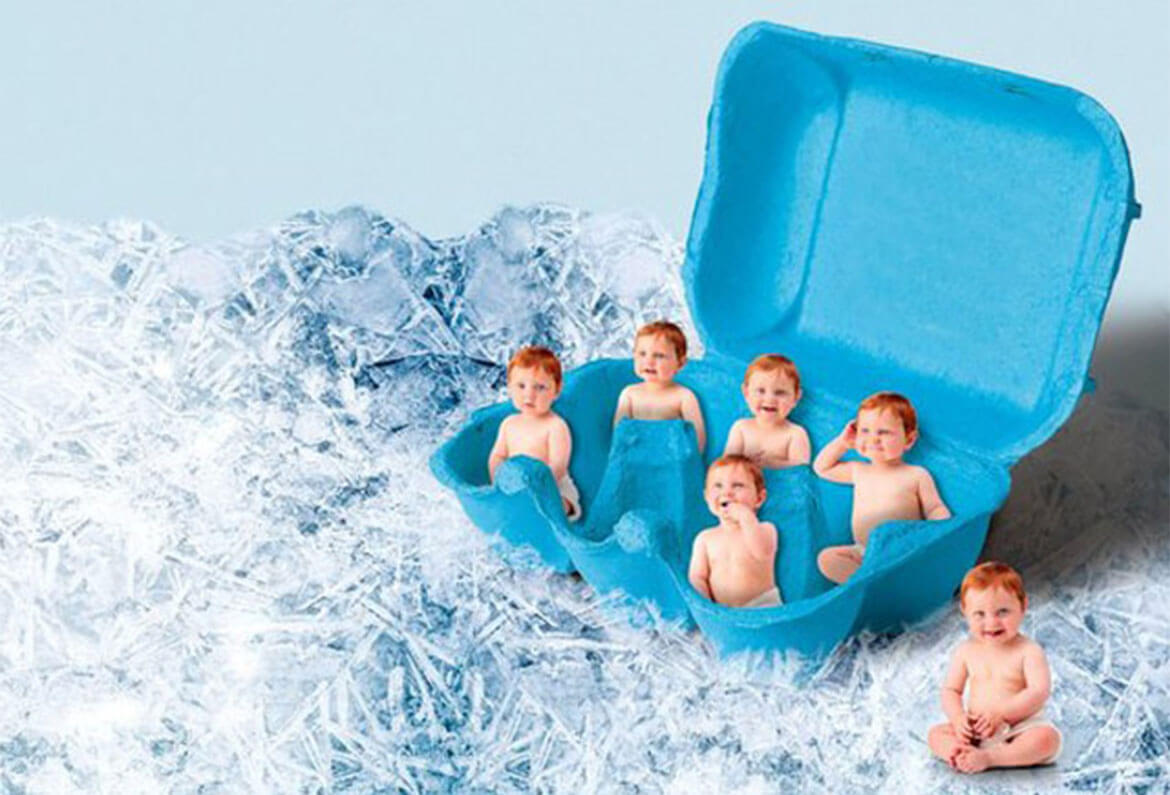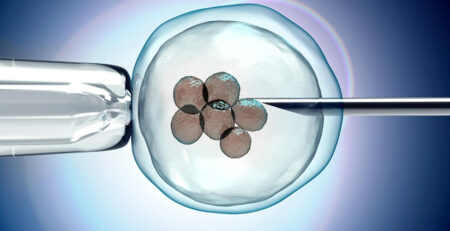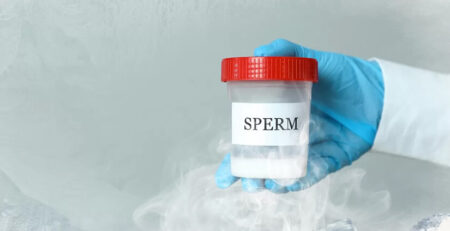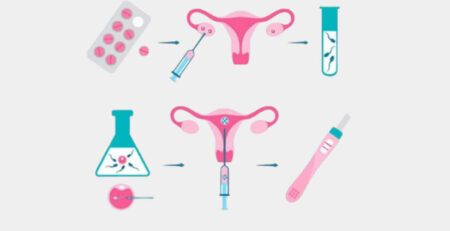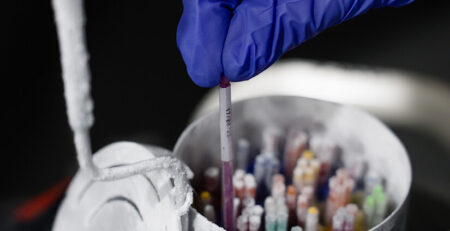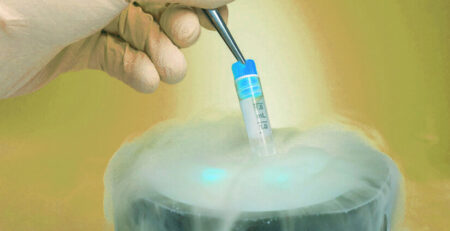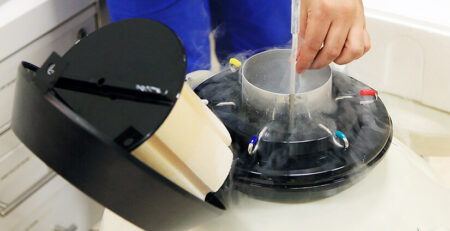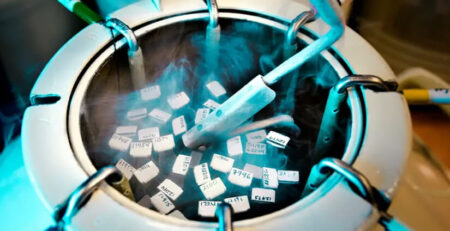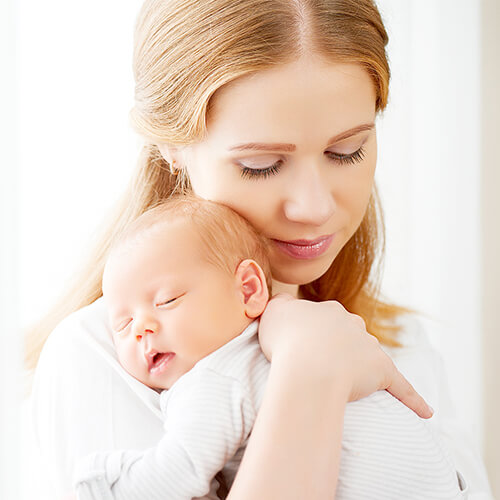Social Egg Freezing
Social Egg Freezing
Last few decades have been witness to the changing priorities and roles of women in our society. Either because of professional aspirations or due to personal commitments or limitations, a number of women chose to delay their pregnancy. However, the ageing does not wait and chances of pregnancy continue to decrease as soon as they cross 30 years and the likelihood drops even more steeply after 37 years of age. The reasons for this are the diminishing quantity and quality of eggs with age. Thankfully, there have been advancements in medical science which allow a woman to freeze and store her fertile eggs at a young age and use them in an assisted reproductive technology (ART) procedure and fertilize them with her partner’s or a donor’s sperm when she is ready for pregnancy. This is called Egg freezing. It came as a fertility preservation method to be used for women who were likely to turn infertile due to cancer treatment medications or radiation-induced damage to her eggs. Later extended to be used for women at risk of premature menopause. Now it is available for non-medical causes like postponing pregnancy at will without compromising on the egg quality and the increased likelihood of genetically abnormal babies with age, it is named social egg freezing.
The technique developed in 1986 but first baby born using frozen eggs was in 1997 and it was in 2012 that this technique was no longer considered experimental.
The process is followed by in vitro fertilization (IVF) and embryo transfer and boosts the chances of a woman at such a age to become a genetic parent. The chances of successful pregnancy with this is equivalent to success rate with IVF at that respective age of the egg which is 40-45% for less than 35 years aged women, and hence this should be opted for women who are preferably less than 30 years, so that better number and quality of eggs can be stored to have optimal outcome when used later.
How does social egg freezing work?
The women choosing this process are administered injections to develop multiple eggs. These eggs are collected and stored in the IVF lab and are used in future at a time when the women decide to get pregnant but are unable to do so naturally. These eggs are then thawed and fused with the partner’s sperm and when healthy embryos develop, one or two are transferred to the uterus and the remaining are frozen for next possible use in future.
There is no limit to how long the eggs can be stored through social egg freezing. There are cases where the babies were born with eggs frozen more than 10 years. It involves absolutely no pain and with proper planning, a woman does not even have to take time off from work. Besides, the babies born through this process have been doing well.
What are the steps involved in this procedure?
- Consulting doctor explains to the woman the process, benefits, success rates. cost schedule of expected number of visits and the details of egg retrieval process.
- The woman is screened for ovarian reserve, infectious diseases.
- A course of hormonal injections follows to catalyses the development of follicles. Ultrasound and tests are run alongside.
- Upon maturing, eggs are retrieved, frozen and stored.
The adoption of social egg freezing is growing with its awareness. It is certainly a revolutionary introduction to medical science in cases of female infertility. It has empowered the women to focus on their priorities in life and take new strides with their evolving roles in society.
To understand more about the procedure, consult Dr. Rhythm Gupta, Infertility specialist in Delhi. To book an appointment, call: +91-9868040808 or email: drrhythmgupta@gmail.com

